C-reactive Protein (CRP)
| Description |
Mouse monoclonal antibody,cultured in vitro |
| Platforms |
Immunofluorescence, Colloidal gold and Immunological latex turbidimetry |
| Catalog number |
K1016 |
K1017 |
| Applications |
Capture |
Detection |
| Linearity range |
0.4-200 ug/ml (Colloidal gold), 0.1-200 ug/ml (Immunofluorescence) |
| Buffer |
1 x PBS |
| Purity |
Purity>98%,purified by Protein A/G chromatography |
| Storage instructions |
Upon delivery aliquot and store at -80°C. Avoid freeze / thaw cycles. |
| Description |
Natural human CRP protein |
| Applications |
Calibrator and quality control product |
| Catalog number |
K1916 |
| Purity |
>90% as analysized by SDS-PAGE |
| Buffer |
1 x PBS,pH 7.4 |
| Storage instructions |
Upon delivery aliquot and store at 2-8°C. Avoid freeze / thaw cycles. |
| Western-Blot |
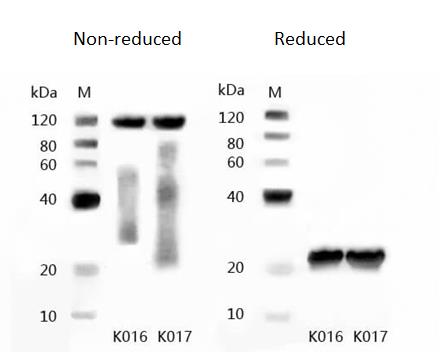 |

Antibody Product Information
Antibody Evaluation (Colloidal Gold-based)
The strip was prepared with capture antibody K1016 and marker antibody K1017. The serum samples were diluted into 0.4 ug/ml, 1.8 ug/ml, 6.63 ug/ml, 14.6 ug/ml, 22.9 ug/ml, 39.5 ug/ml, 57.1 ug/ml and 112 ug/ml. As indicated in Fig. 1, Color gradients were observed around T line.
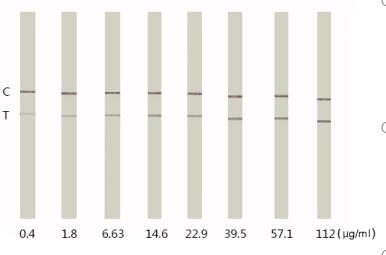
Fig. 1 Colloidal gold-based immunochromatographic test strip
Antibody Evaluation (Immunofluorescence-based)
Immunofluorescence-Based test strip was prepared with K1016-K1017 matched antibody pairs (30 Beckman calibrators, Concentration: 0.1-220 ug/ml, R2>98%)
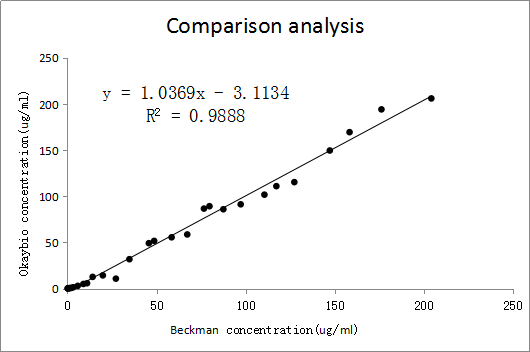
Fig. 2 Coincidence rate of Immunofluorescence-based test strip (K1016-K1017)
Accuracy
The quality control samples with concentration of 20 ug/ml-100 ug/ml and 1 ug/ml-10 ug/ml respectively were required to repeat test three times. B= (M-T) / T×100% (B: Relative Standard Deviation, M: Average, T: Concentration)
|
Sample
(ng/ml)
|
Test 1 |
Test 2 |
Test 3 |
Average
(ng/ml)
|
RSD |
Standard |
| Batch 1 |
9.84 |
10.95 |
9.19 |
10.46 |
10.20 |
3.66% |
±15% |
| 30.14 |
28.87 |
34.14 |
28.08 |
30.36 |
0.73% |
| Batch 2 |
9.84 |
9.08 |
10.94 |
8.88 |
9.63 |
-2.13% |
| 30.14 |
30.47 |
26.62 |
27.55 |
28.21 |
-6.40% |
| Batch 3 |
9.84 |
10.40 |
10.77 |
8.50 |
9.89 |
0.51% |
| 30.14 |
28.52 |
26.43 |
33.88 |
29.61 |
-1.76% |
Repeatability
The quality control samples with concentration of 20 ug/ml-100 ug/ml and 1 ug/ml-10 ug/ml respectively were required to repeat test over 10 times. CV= (S /

)×100% (CV < 15% as indicated in the following table)
|
Low Value
(9.84 ng/ml)
|
High Value
(30.14 ng/ml) |
| Test 1 |
10.20 |
33.93 |
| Test 2 |
8.99 |
32.21 |
| Test 3 |
10.08 |
34.44 |
| Test 4 |
10.56 |
27.08 |
| Test 5 |
9.79 |
32.14 |
| Test 6 |
10.35 |
33.98 |
| Test 7 |
9.12 |
30.08 |
| Test 8 |
8.55 |
30.15 |
| Test 9 |
9.40 |
33.72 |
| Test 10 |
10.77 |
30.99 |
| Average(μg/ml) |
9.78 |
31.87 |
| SD |
0.738 |
2.328 |
| CV |
7.55% |
7.30% |
| Standard |
±15% |
Antibody Evaluation (Immunological Turbidimetry)
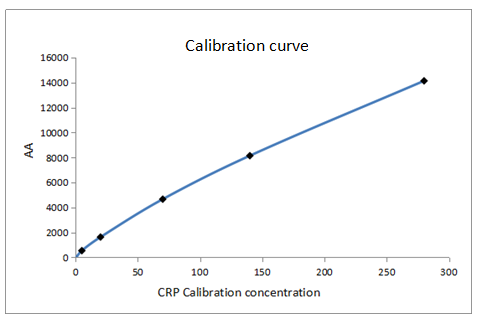
Fig. 3 Calibration curve
R1: Buffer
R2: Combination of K1016-K1017 matched antibody pairs and latex particals
Sample: CRP calibrator
Equipment: Hitachi 7080
Linear range
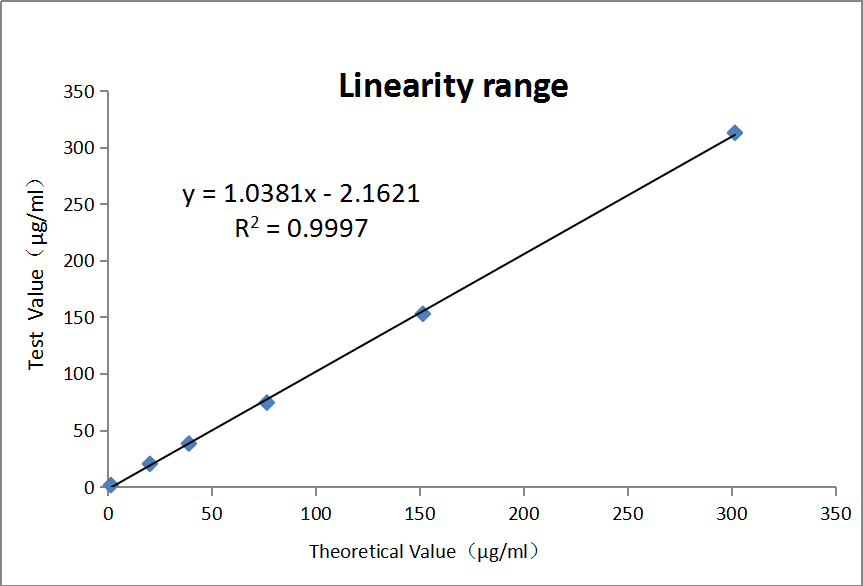
Fig. 4 Linearity range
Six calibrators were prepared using Latex particals and CRP antibody. Data show that Linear dependence > 0.99 with concentration between 0.1-200 ug/mL as indicated in Fig. 4
Clinical sample analysis
K1016-K1017 matched antibody pairs were employed to prepare kits to detect 60 clinical coincidence rate of CRP antibody. With R2 > 99%, the antibody can be used to develop CRP immunonephelometry materials.
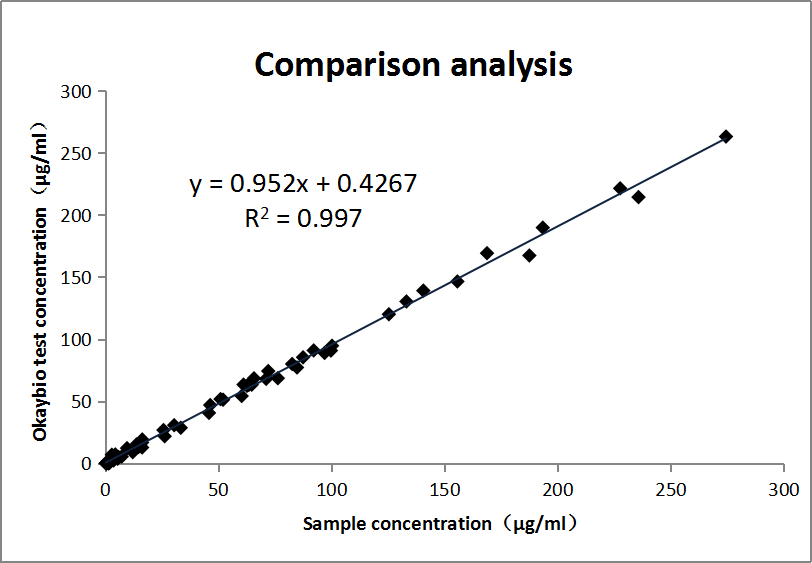
Fig. 5 Clinical sample analysis

Description
CRP is an acute-phase protein composed of five identical nonglycosylated 206 amino acid polypeptide subunits, which are noncovalently associated in a disc with cyclic pentameric symmetry. It plays an important role in protection against infection, clearance of damaged tissue, prevention of autoimmunity, and regulation of the inflammatory response as a non-specific marker.
As a non-specific marker of inflammation, CRP is considered to be directly involved in coronary plaque atherogenesis. Researches show that an elevated CRP level independently predicts adverse cardiac events at the primary and secondary prevention levels. It indicates that CRP is a useful prognostic indicator in patients with acute coronary syndrome, as elevated CRP levels are independent predictors of cardiac death, acute myocardial infarction, as well as congestive heart failure.
To determine a person's risk for heart disease, a more sensitive CRP test named a high-sensitivity C-reactive protein (hs-CRP) assay is available.
CRP is traditionally measured down to concentrations of 2-200 mg/L, whereas hs-CRP measures down to levels of 0.1-10 mg/L using latex Enhance immunoturbidimetric method. Full-range CRP assay can detect levels between 0.1-200 mg/l. This improved sensitivity allows full-range CRP to be used to detect low-grade inflammation.

Related Products
![]() Datasheet)
Datasheet)![]() Datasheet)
Datasheet)
 Fig. 1 Colloidal gold-based immunochromatographic test strip
Fig. 1 Colloidal gold-based immunochromatographic test strip
 )×100% (CV < 15% as indicated in the following table)
)×100% (CV < 15% as indicated in the following table)


